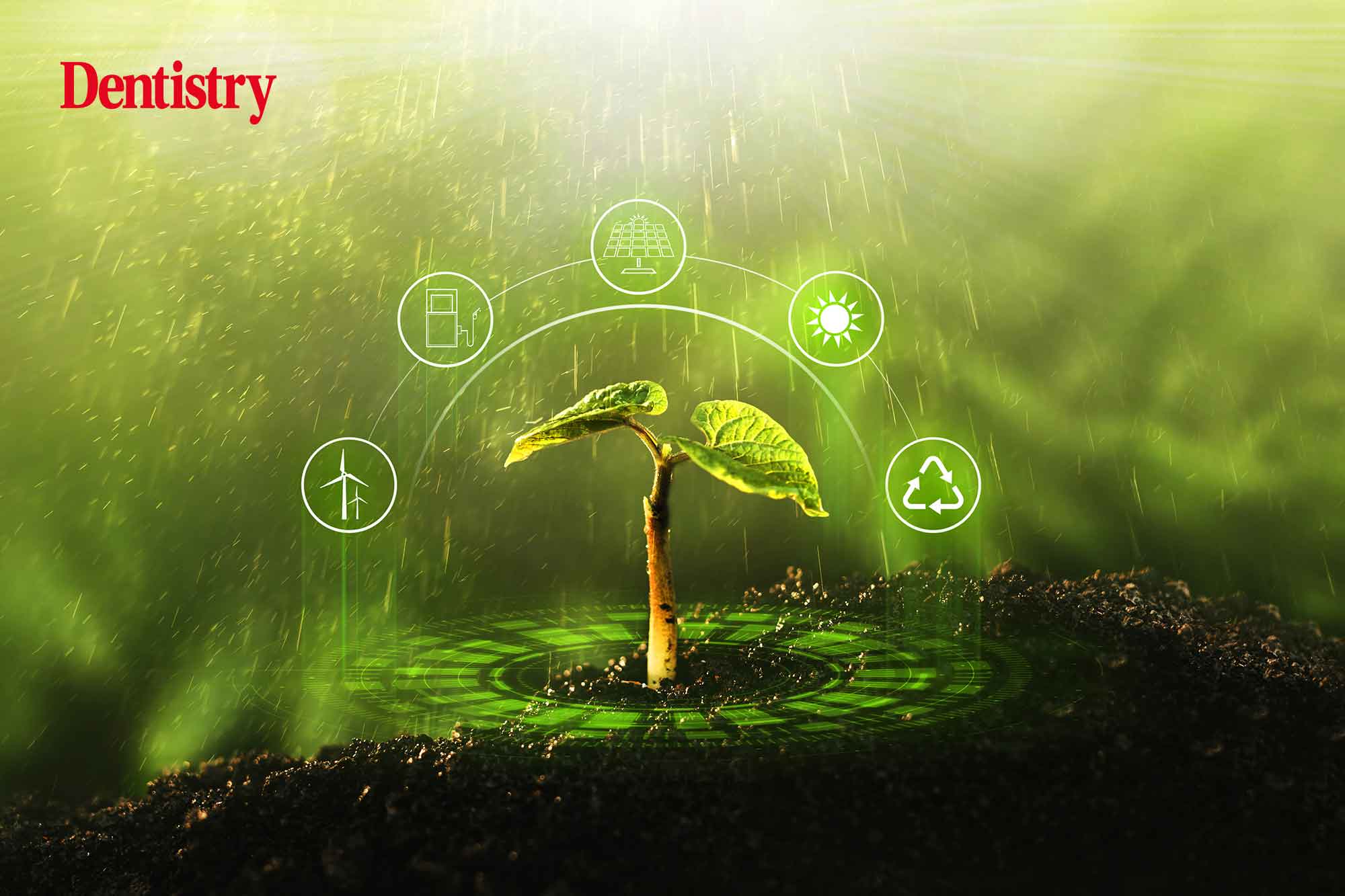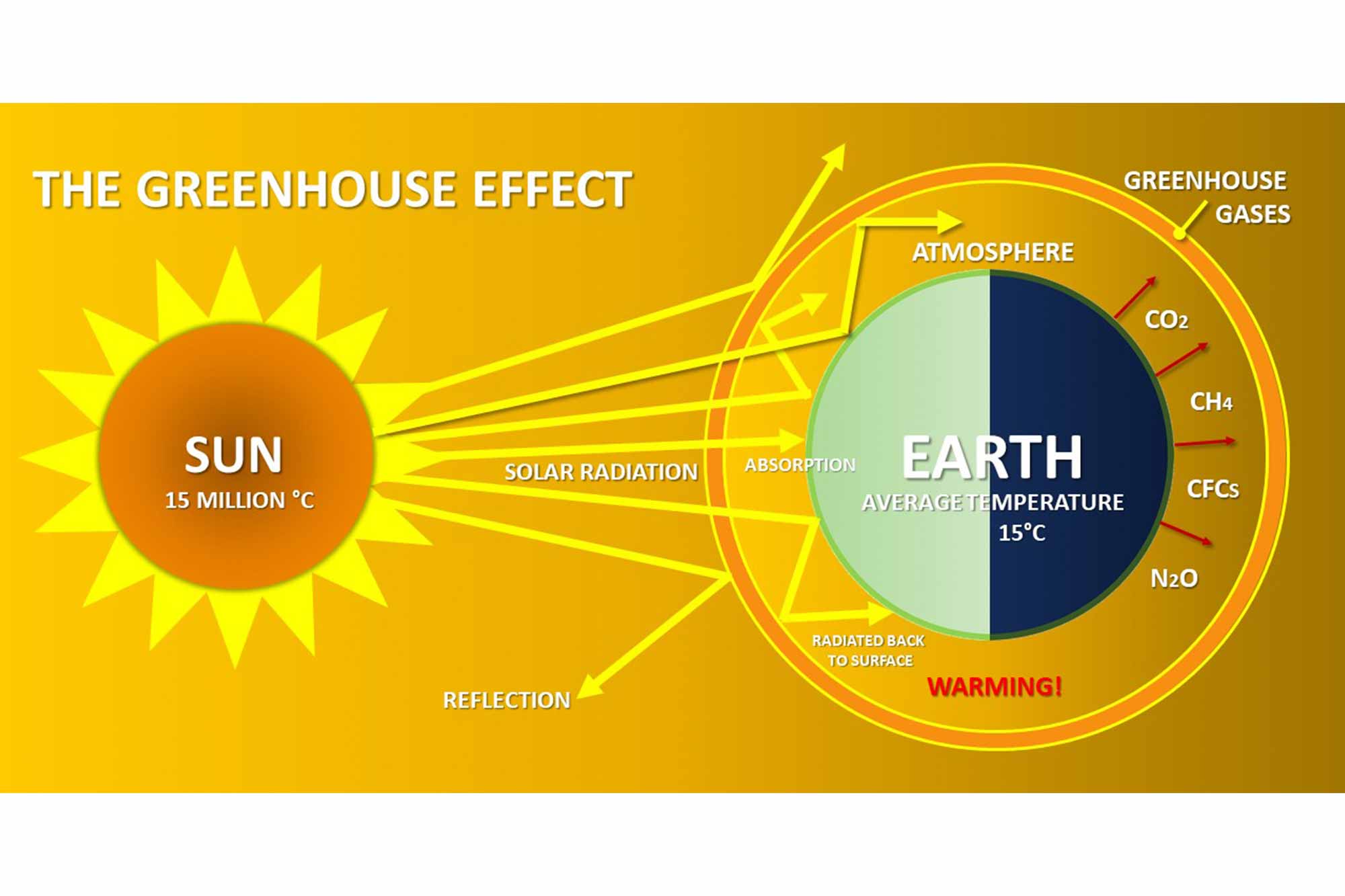 Denplan’s head dental officer, Louis Mackenzie, provides practice teams with an overview of the challenges and opportunities for practising sustainable dentistry in the pandemic era.
Denplan’s head dental officer, Louis Mackenzie, provides practice teams with an overview of the challenges and opportunities for practising sustainable dentistry in the pandemic era.
Introduction
As the pandemic-induced PPE mountain continues to grow, health workers are increasingly recognising the need to provide care in a sustainable manner, minimising the impact on natural resources (Duane et al, 2019; .
At home, UK practice teams will have made significant eco-friendly adaptations over many years.
However, incorporating these changes in the work environment presents a range of challenges, made more difficult by Covid-19 conditions.
Sustainability in general dental practice
Sustainability is concerned with the sensible and responsible use of natural resources, to avoid depletion beyond the planet’s ability to regenerate/replenish itself.
Maintaining this ecological balance often uses the reduce, reuse, recycle model.
Sustainability can also have a powerful influence on patient choices. Sixty seven per cent of consumers make decisions based on environmental factors (Global consumer trends survey 2022). Therefore, informing patients of sustainable practice innovations will build trust and make dental business brands increasingly popular.
While sustainability is not specifically mentioned in the GDC Standards, many practice teams are already using a variety of methods to increase awareness of the environmental impact of dental care amongst staff, patients, other professionals and local communities, including (Duane et al, 2019; :
- Developing a practice sustainability policy
- Using online resources and educational posters to communicate the ‘green’ vision to patients and staff
- Measuring and evaluating sustainability improvements
- Incorporating sustainability education in staff induction and training processes
- Calculating and disseminating information on the environmental (and financial) benefits of sustainable practice
Climate change
The earth’s climate has changed many times, going through multiple ice ages and periods when temperatures were higher than they are today.
Historically, average temperature changes in the earth’s air and oceans happened over hundreds of thousands of years.
The more rapid recent global warming trend is believed to result from human activity. There is concern that the rate of increase means that some organisms may not survive.
The greenhouse effect
The greenhouse effect happens when certain gases, such as carbon dioxide, methane, nitrogen oxide, and chlorofluorocarbons (CFCs) collect in the earth’s atmosphere creating an insulating layer that keeps the climate comfortable.
The current global average temperature is 15 °C; without greenhouse gases it would drop to -18 °C, causing most life forms to freeze.

Since the beginning of the industrial revolution (~1750), human activities have increased the greenhouse effect.
Emissions of carbon dioxide, the most important greenhouse gas, have increased by 80% between 1970 and 2004.
The main examples of human activities that generate greenhouse gases are:
- Combustion of fossil fuels, principally coal, petroleum (including oil) and natural gas
- Deforestation (living trees absorb carbon dioxide)
- Incineration of waste products.
In 2019, the UK became the world’s first major economy to legislate a binding net zero emissions target by 2050. Britain already incinerates its municipal waste at a lower rate than the rest of Europe, averaging 10% compared to 17.3%.
Medical waste disposal presents greater challenges. Across Europe up to about 25% of medical waste is incinerated. This releases greenhouse gases as well as toxic substances such as dioxin compounds. These are serious and persistent environmental pollutants.
Carbon footprint
The term carbon footprint refers to the total greenhouse gas emissions caused by an individual, event, organisation, service, place or product, expressed as a carbon dioxide equivalent.
The NHS has announced a vision to be net zero by 2040. This will include dentistry, which accounts for 3% of the total health service carbon footprint.
Although difficult to measure precisely, the components making up the carbon footprint for dentistry have been estimated in Table 1.
| Table 1
Breakdown of the annual carbon footprint for dental services (England) |
|
| Patient travel | 31.1% |
| Staff commuting | 30.3% |
| Procurement | 19% |
| Electricity | 7.7% |
| Gas | 7.6% |
| Work travel (Staff) | 3.1% |
| Nitrous oxide release | 0.9% |
| Waste | 0.2% |
| Water | 0.1% |
Travel
More than 20% of global carbon dioxide is generated by transportation. Vehicle exhausts also cause air pollution eg carbon monoxide and sulphur dioxide. This is reported to result in 40,000 UK deaths annually.
As the majority of dental appointments are short and have comparatively few material/equipment costs, patient and staff travel accounts for a massive 61.4% of dentistry’s total carbon footprint (Table 2).
The relative carbon footprints of the most common dental procedures have been estimated and are listed in Table 3.

Table 2UK dental care statistics |
|
| Average dental patient return journey | 7.57 miles |
| Average staff return journey | 7.26 miles |
| Examinations/scale & polish/fluoride varnish and radiographs as a percentage of all procedures (adults & children) | 73% |
| Examinations as a percentage of all procedures (adults & children) | 41% |
| Replacement restorations as a percentage of all operative treatments | >50% |
| Average dental appointment duration | 15 minutes |
| Annual number of radiographs | 14 million |
Table 3Relative carbon footprint of the most common dental procedures |
|
| Examination | 27.1% |
| Scale and polish | 13.4% |
| Amalgam filling | 9.7% |
| Composite filling | 9.5% |
| Acrylic dentures | 8.6% |
| Radiographs | 6.4% |
| Extractions | 3.5% |
| Non-precious metal crowns (the type most frequently prescribed) | 3.3% |
| Endodontics | 2.9% |
| Study models | 1.6% |
As transport is the primary contributor to dentistry’s greenhouse gas emissions, a range of methods have been proposed to limit patient and staff travel.
The main proposals fit well with the preventive, minimally invasive focus of contemporary dental practices, where patients are empowered to take an active role in managing their own health and wellbeing (Table 4).
Table 4: Methods of reducing the environmental impact of patient and staff travel |
Oral healthcare |
|
Appointment scheduling |
|
Facilities |
|
Sustainable healthcare is a well-researched subject. There is a range of evidence-based publications that focus specifically on dentistry.
Key publications on sustainability in dentistry
Duane B, Harford S, Steinbach I and Ramasubbu D (2019) Environmental sustainability and waste within the dental practice. BDJ Team 6(6): 21-9
Environmental sustainability and procurement: purchasing products for the dental setting. BDJ 226(6): 453-8
Mulligan S (2021) Sustainable oral healthcare and the environment: Challenges. Dental Update 48: 493-501
Follow Dentistry.co.uk on Instagram to keep up with all the latest dental news and trends.


